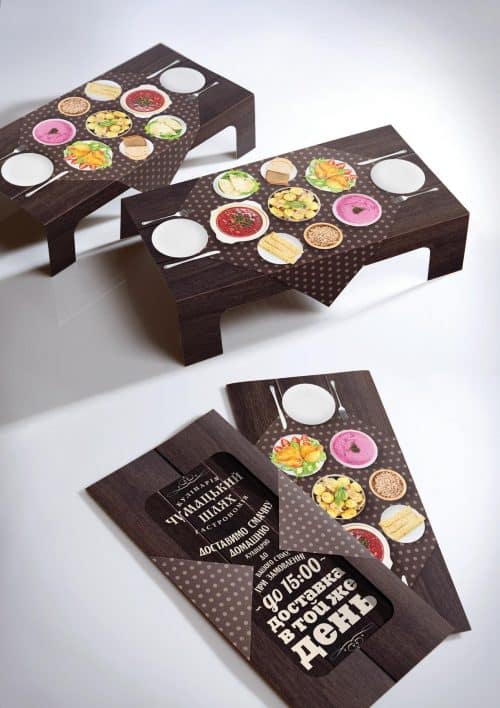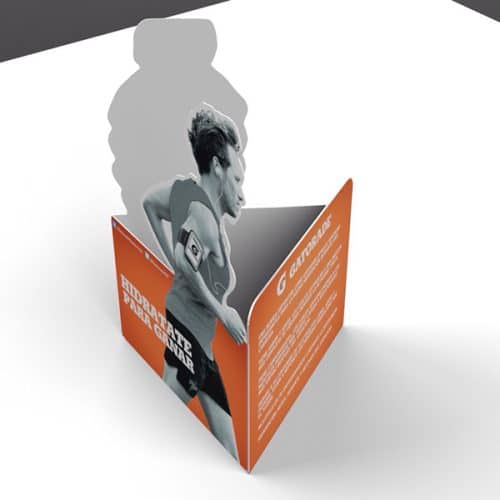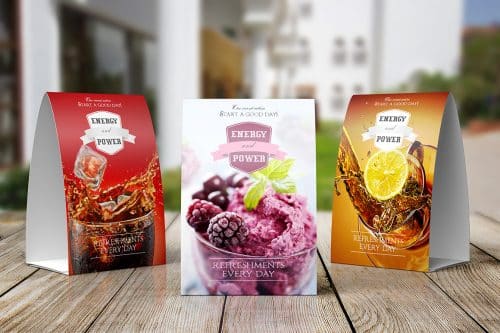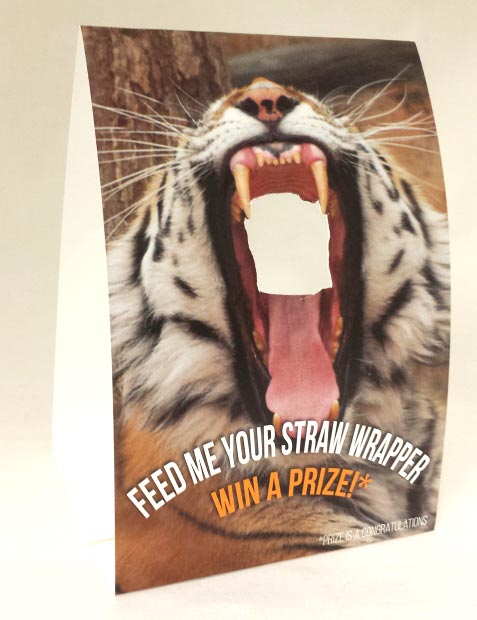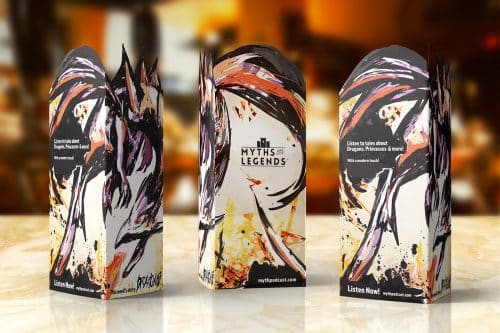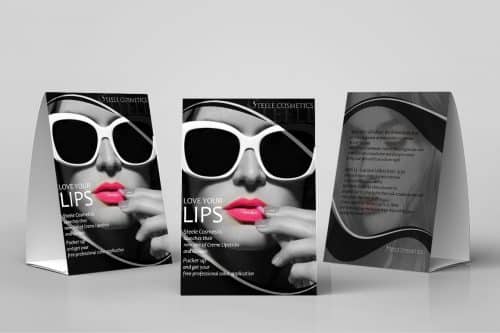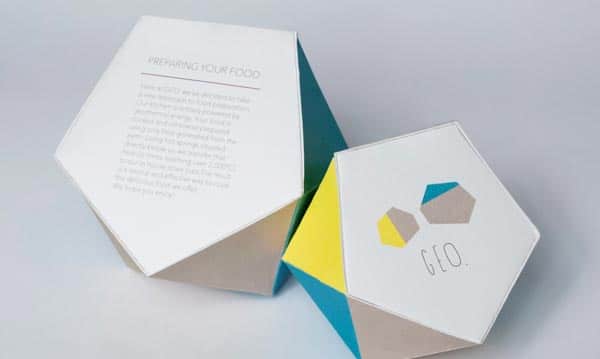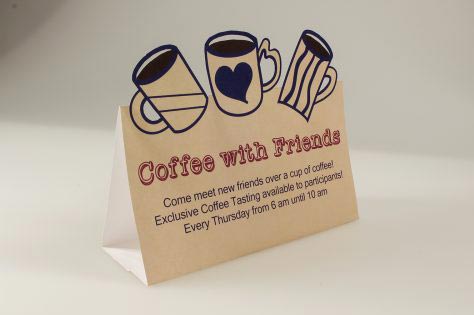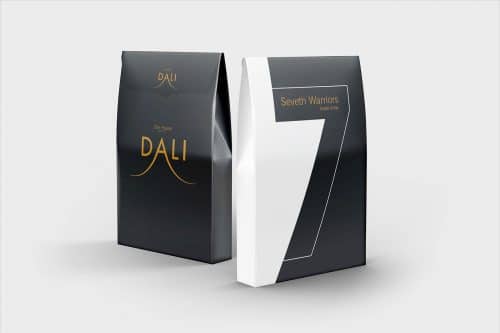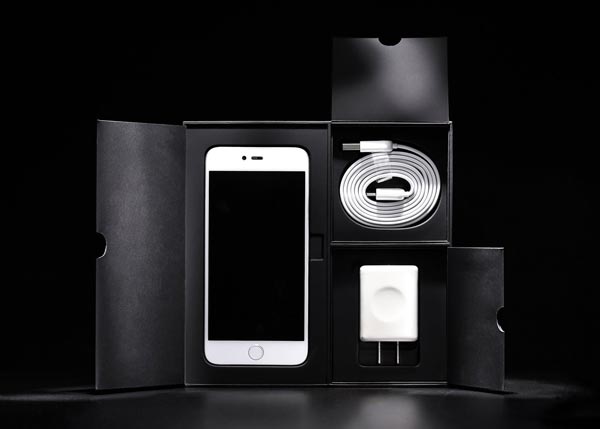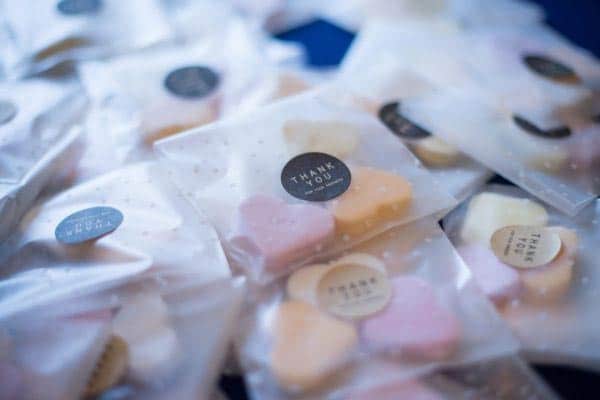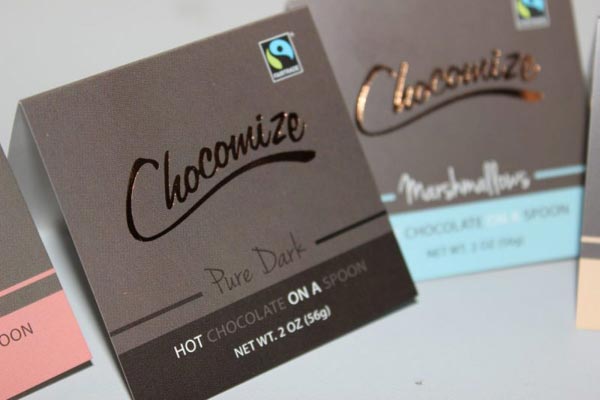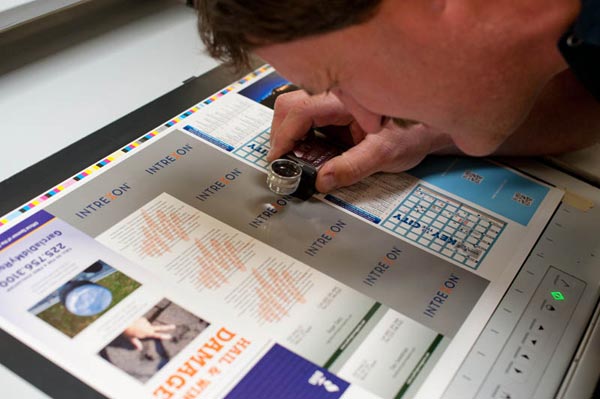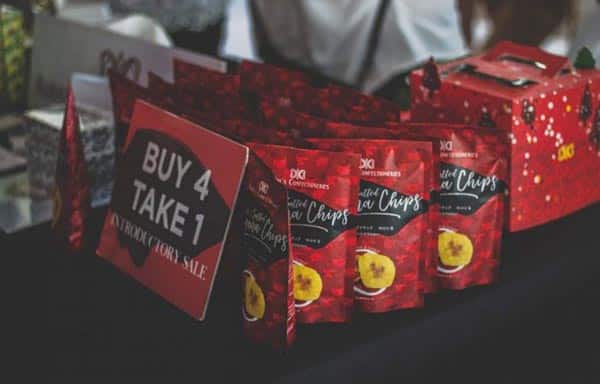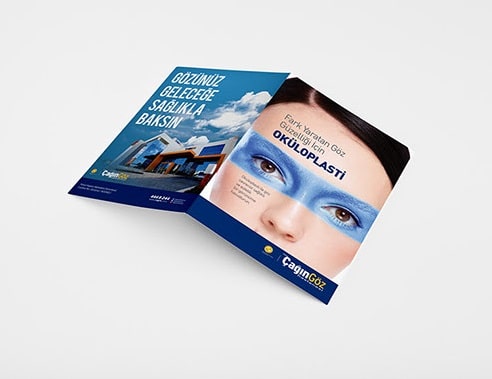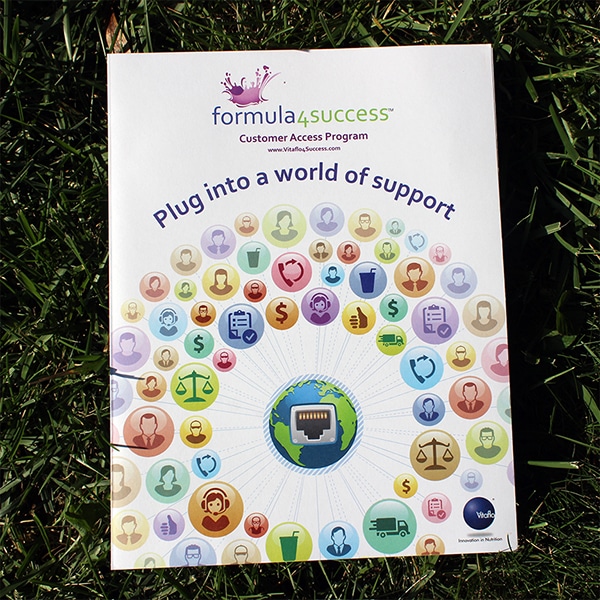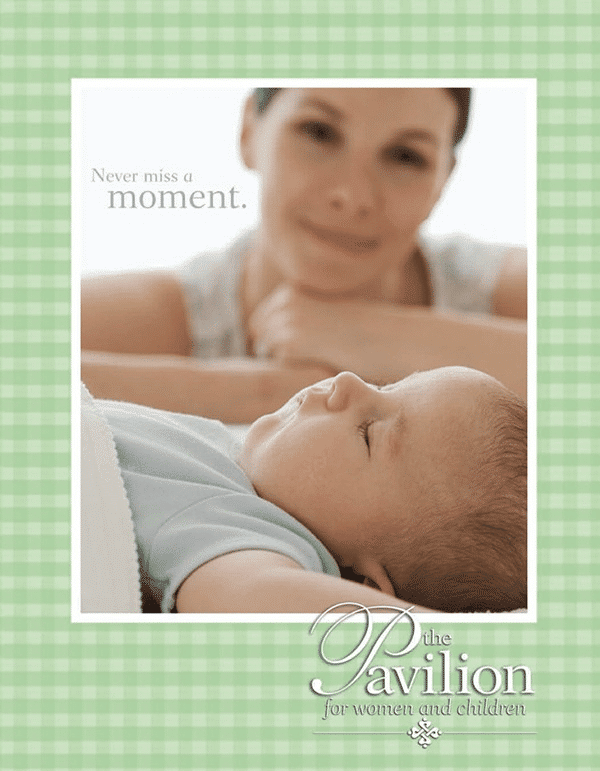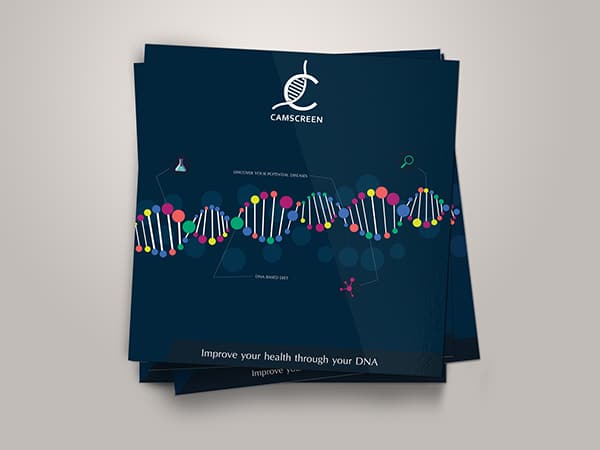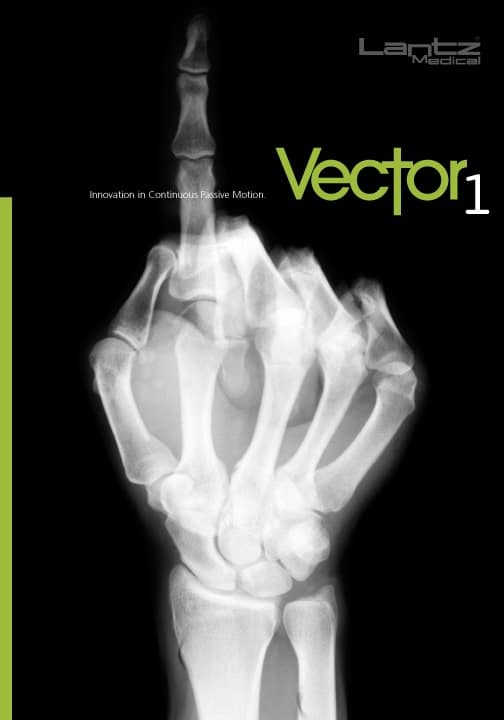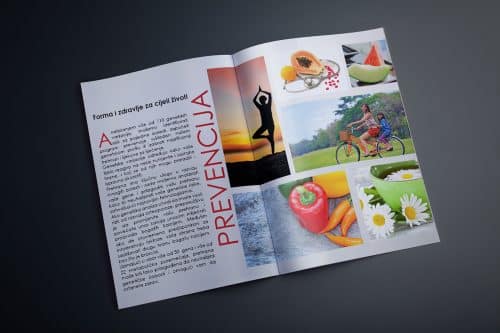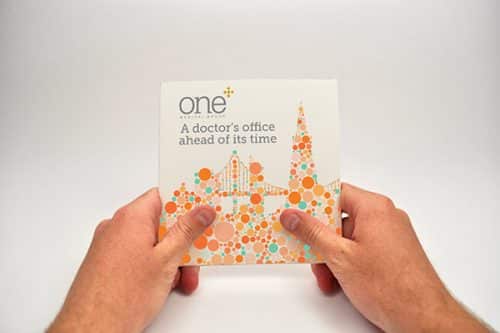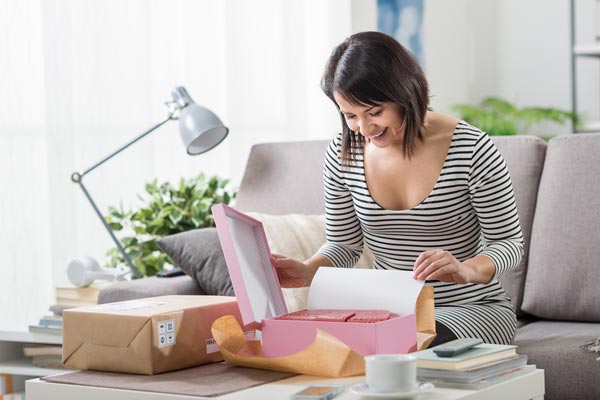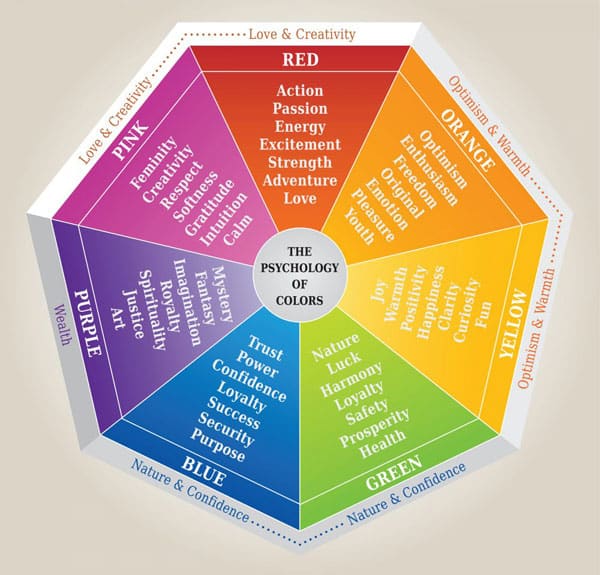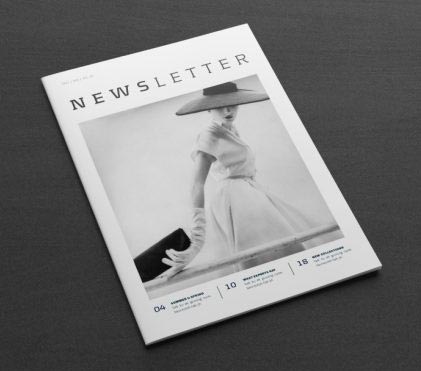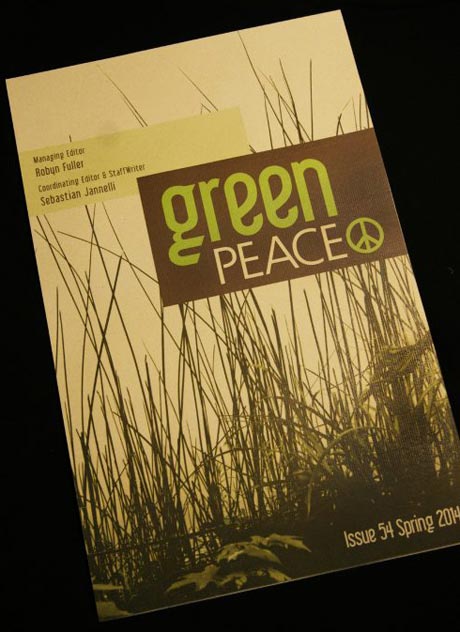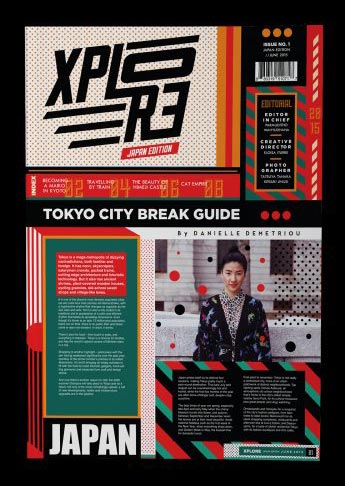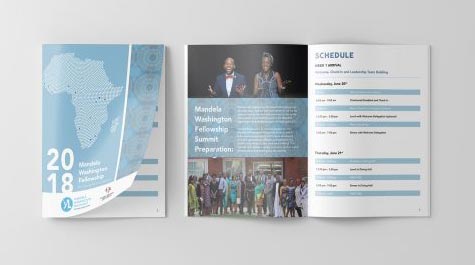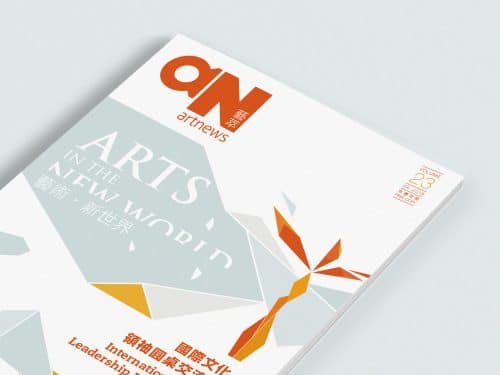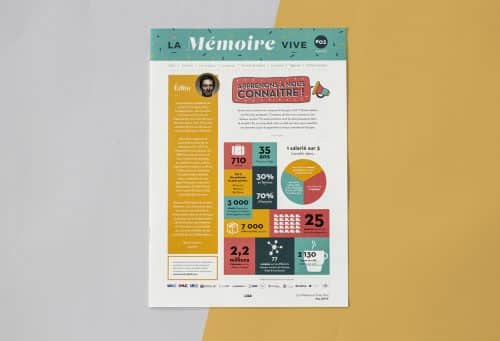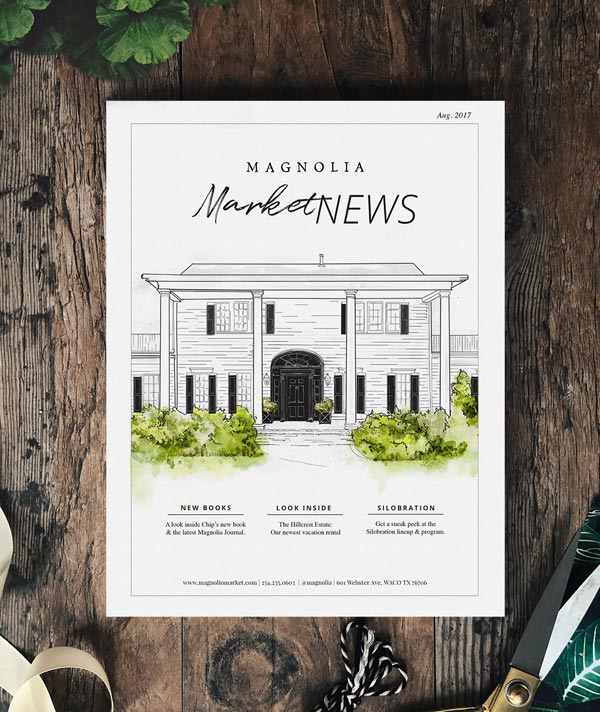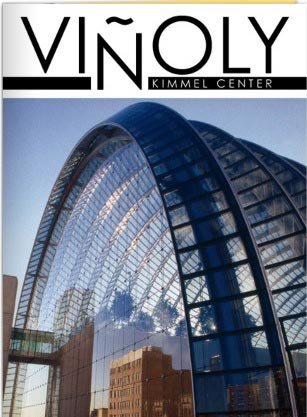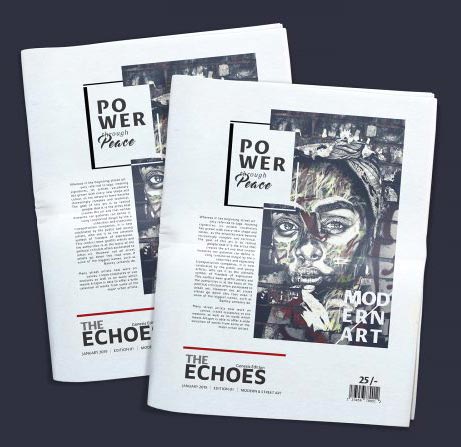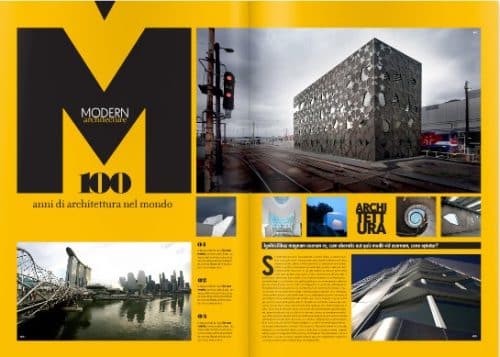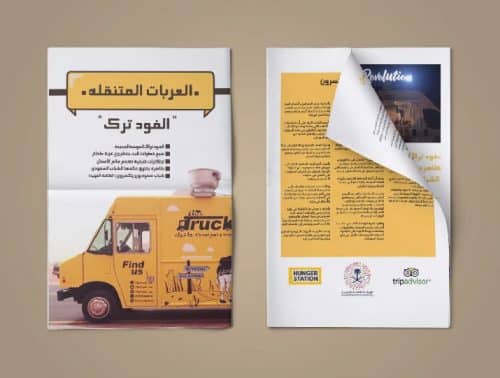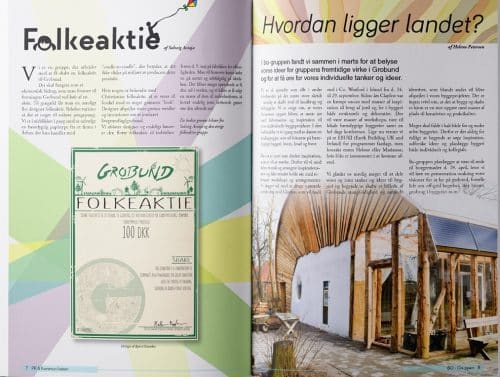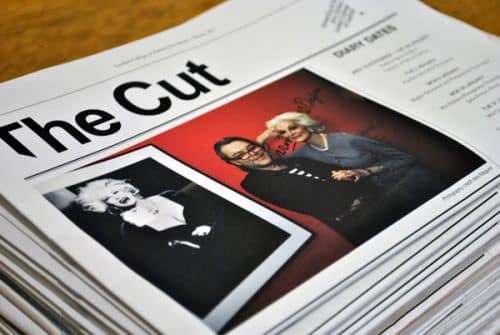People remember beginnings and endings—the brain guesses that the beginning of an interaction (hello and welcome) and the end (good day and farewell) are worth recalling. We’ve all heard about the importance of making a good first impression. But we often forget to create a clear and memorable ending to a customer interaction. And as it turns out, the end of a transaction can linger in your customers’ minds in the following days and months.
Ensure a positive, memorable end to a customer interaction. Show that you care, that the transaction mattered to you, and that you’d like the customer to come back and refer you to their friends.
Why Send Thank You Notes?
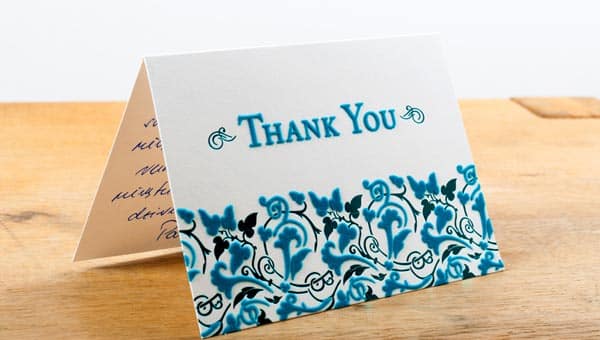
First and foremost, because we’re all humans, and kindness is free. Everyone appreciates being thanked, and your heartfelt gratitude encourages positive relationships and reliable service delivery from that person in the future. After all, wouldn’t you prefer to do business with someone who took the time to thank you?
Be genuine and sincere. There’s hardly a better way to express gratitude and sincerity than a handwritten thank you card. Pro tip: Keep thank you cards for employees to send out as well—make it part of your company culture to write and send them regularly.
When Should a Business Send Thank You Cards?
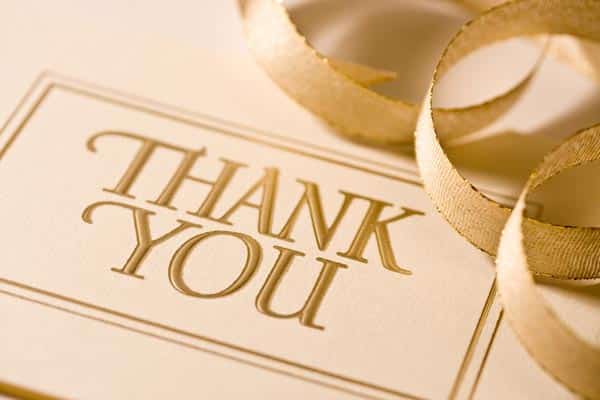
There are many opportunities to use thank you cards in business, and we’ve listed just a few. Whether it’s an employee appreciation card or a “thanks for the service,” consider embracing as many opportunities as possible.
Here are ten ways to use thank you cards to get more business:
- Thank you for choosing me to work with you. After you’ve been selected to be the service provider, you can send a note to remind them you’re there—if they need anything or have any questions, you’re just a call, text, or visit away.
- Thank you for your business. For ad-hoc projects or product purchases, send a note. It doesn’t have to be long; you can simply recognize that the customer stopped in and made a purchase or worked with you on a single project. Adding some personalized details about the purchase helps your customer feel extra special.
- Thank you for the ongoing work. Let’s say you just signed a contract to provide services for a year. Send them a note to thank them for the great opportunity and remind them you’re looking forward to your partnership.
- Thank you for the referral. When someone liked your products or services enough to recommend you to others, that’s definitely worthy of gratitude. What better way to build your business than through word of mouth?
- Thank you for the meeting. This could also be lunch, catching up, or some other get-together. Networking is always good—even if it doesn’t lead to new business today, it could lead to new business in the future.
- Thank you for your testimonial. If you have a customer or client who loves you enough to tell the world, you absolutely want to thank them for their endorsement of your products and services.
- Thank you for the interview. If you are the person being interviewed, be sure to thank the interviewer for their time. You want to stay at the top of their mind, and an appreciation card will help do just that. If you’ve interviewed someone, consider thanking them for their time as well. Even if you don’t give them your business (or hire them), you’ll leave a good impression.
- Thank you for your consideration. If you don’t get the business or land the customer, you should still thank them for taking the time to analyze your proposal. You can say something like “We regret being unable to prove to you the benefits we have to offer at this time. We’d like to keep in touch with the hope that we can partner in some way at a future time.
- Thank you for your great work. An employee appreciation card says thank you to a team member who has done a great job. Whether or not it’s Employee Appreciation Day, cards can go a long way toward improving morale—who doesn’t like to feel appreciated?
- Thank you for partnering with us. The people who provide services at your business (coffee delivery, for example) deserve recognition for their efforts, as well. Let them know you appreciate what they do for you.
Tips for the Greatest Impact

Hand-write at least some of the card. If you’re going to take the time to create cards, do it well. Hand-write as much of the inside as possible, but at least the recipient’s name and your signature. If the whole thing is pre-printed, it won’t look sincere. Remember that the whole point is to build relationships, and that needs a personal touch.
Save time with business thank you card scripts. Odds are, you’ll find yourself writing similarly worded thank you cards time and time again. Make note of the most common scripts you use and refer to them when it’s time to write out appreciation cards for employees and others.
You can do this by typing out your sentiments and saving them in a file or by photographing what you wrote in previous thank you cards. For employees, make these suggested scripts available to the whole team. It’ll save everyone time wondering what to write.
Use different envelopes than your regular business stationery. When you think about thank you notes, you might not immediately consider what kind of envelope to use. By choosing the right envelope, you can influence the recipient’s perception of the card before they even open it.
You don’t want to use the same kind of envelope you send invoices or statements in, because the recipient will immediately assume it’s a bill. That’s not the impact you want! Choosing a standout envelope gives the recipient a bit of anticipation before they even open it.
Consider including a little gift. Think about the last time you got a bulky envelope. You were probably excited for a moment, wondering what was inside. Your thank you cards for employees, clients, and customers will feel the same way. A bulky envelope with a small treat—a gift card or coupon, a bit of candy, a pen—will make it obvious that it contains something fun to open.
Just be sure whatever you enclose adds to your brand’s message and aligns with the quality of your products and services. Sure, it may cost a few dollars to send, but it’s a small amount of time and effort to deliver a big “wow” factor.
Send business thank you cards promptly and consistently. There are two final factors to consider: promptness and consistency. Send a thank you card as soon as you can after an event. That way, you’ll be perceived as being sincere; waiting too long will make the thanks look like an afterthought.
Establish a system that ensures you send cards consistently. If you aren’t consistent, your customers and partners may perceive you no longer value them, or that you’ve lowered your standards.
Don’t be salesy. Don’t taint your thank you note with overt promotion—this isn’t time for a sales pitch. A note of appreciation is best used as a passive sales tool; they’re good for customer relationship building, not for advertising. You can, however, mention an upcoming event you hope they’ll attend.
Giving sincere thanks is a simple way to show kindness and appreciation in your business. Crunch the numbers to find out how to make this marketing tactic viable for your business. You don’t have to spend a lot of money to make the people you work with a little happier with a nice note. And, since sending thank you cards can help with your customer retention rates and referral rates, you don’t have a lot to lose.
Need help with your note cards? Give us a call at 800-930-7978. Speak to a live print expert to get started on note card printing today!

